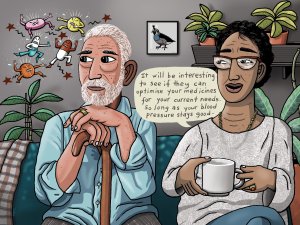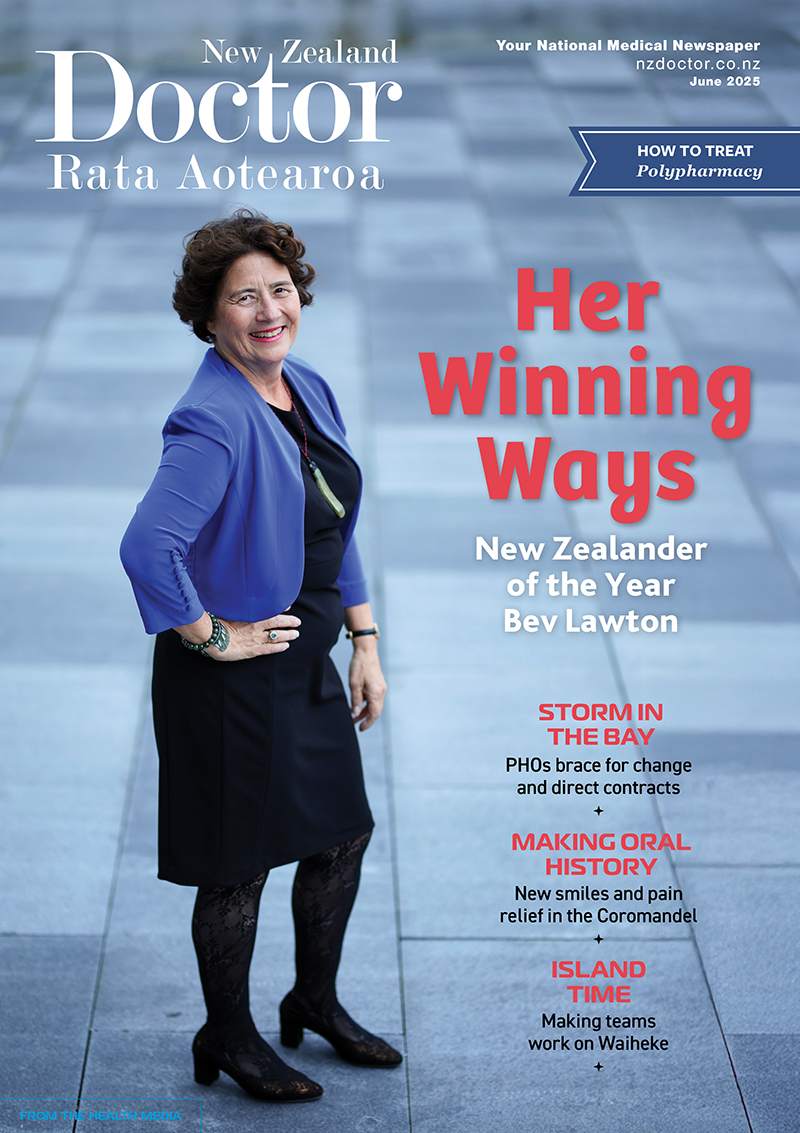For older people and frail people, the long-term benefit of medicines reduces and the potential for harm from adverse effects increases. When the benefit–risk balance changes in this way, medicine review and optimisation are important to simplify the therapeutic regimen, reduce inappropriate medicines and minimise risks. In this article, pharmacist prescriber Linda Bryant uses two case studies to illustrate important considerations during medicine reviews
Telehealth one small part of the puzzle – not half the picture as Te Whatu Ora claims
Telehealth one small part of the puzzle – not half the picture as Te Whatu Ora claims

General Practice New Zealand (GPNZ) strongly rejects the claim that 40 to 50 per cent of general practice work could be managed through telehealth consultation.
The statement was made during Te Whatu Ora’s most recent ‘future of health’ webinar.
“This type of statement absolutely undervalues the contribution general practice makes to patient health,” says Porirua-based Specialist General Practitioner and Chair of GPNZ, Dr Bryan Betty.
GPNZ advocates for the appropriate use of telehealth services, and believes it is one small part of the sustainability of general practice puzzle. But the limitations must be acknowledged, there are a huge number of instances where telehealth is simply not appropriate or clinically safe.
“Everyone can relate to something that is good but will never be a replacement for the real thing – and that is essentially what we have here. Telehealth is good in a select set of circumstances.
“Specialist GPs use their judgement on when telehealth is appropriate that is influenced by a huge range of factors.”
GPNZ will address the comments made in the webinar directly with Te Whatu Ora Commissioning team.



